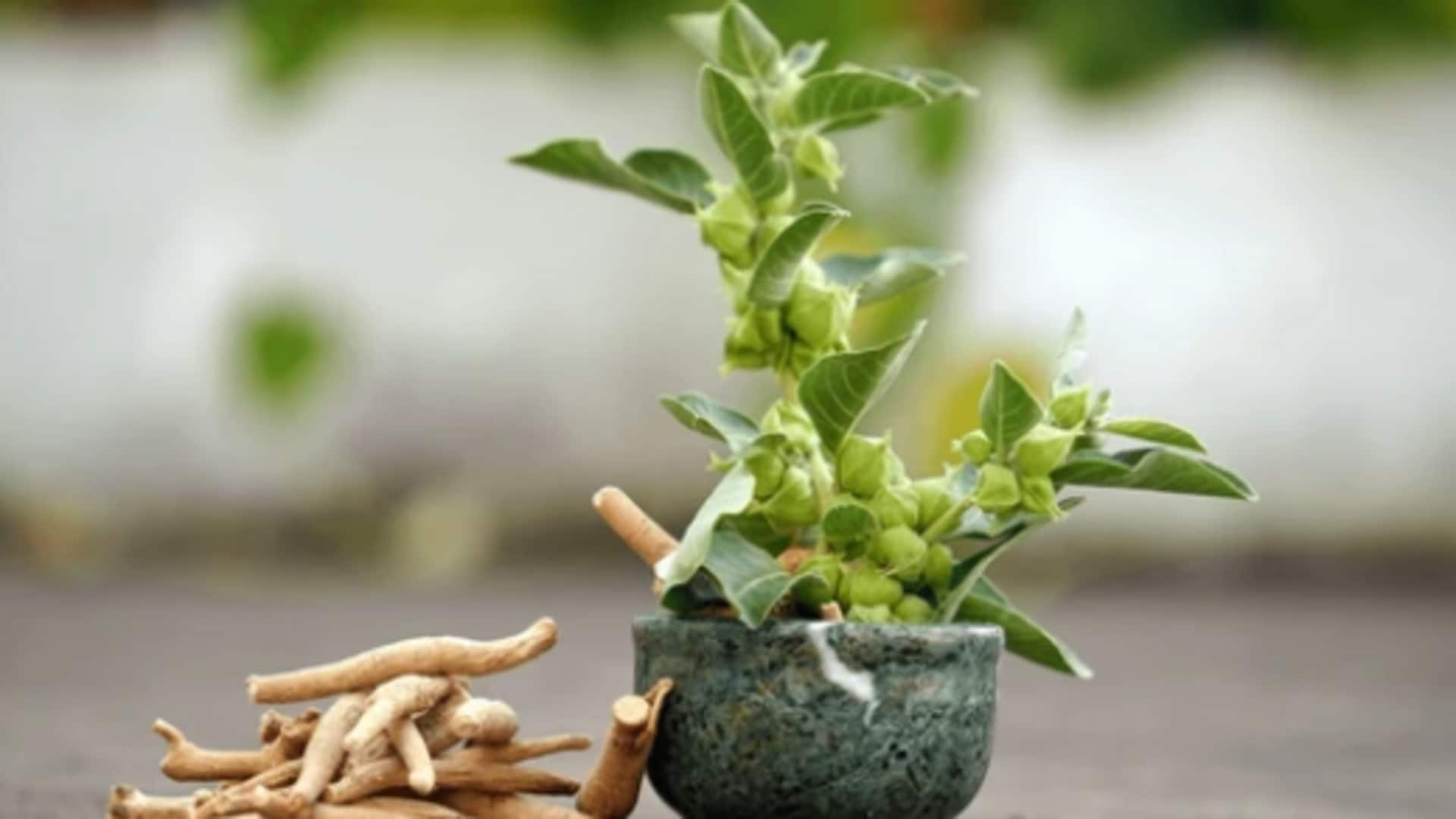
How to grow ashwagandha roots at home
What's the story
For those interested in herbal remedies, growing ashwagandha roots indoors can be a rewarding endeavor. This ancient medicinal plant, popularly known for its adaptogenic properties, grows well in controlled environments. With basic requirements and care techniques, you can cultivate this valuable herb at home. It involves selecting the right soil, providing adequate light and water, and ensuring proper temperature conditions to mimic its natural habitat.
Soil selection
Choosing the right soil mix
Ashwagandha needs well-draining soil or it will rot. Sandy loam mixed with organic compost works best. Make sure the soil pH is between 7.5 and 8 for optimal growth. You can either buy pre-mixed potting soil or make your own by mixing equal parts of sand, garden soil, and compost. This combination provides required nutrients and allows excess water to drain quickly.
Light requirements
Providing adequate light conditions
Ashwagandha plants require ample sunlight indoors. Keep them next to a south-facing window so that they get at least six hours of direct sunlight every day. If there's not enough natural light, you may use grow lights to meet their requirement. Hang these lights at a distance of about 12 inches from the plants, and keep them turned on for about 14 hours every day.
Watering tips
Watering techniques for healthy growth
Proper watering is essential for growing healthy ashwagandha roots indoors. Water the plants deeply, but infrequently, allowing the top inch of soil to dry out between waterings. Overwatering can cause root rot, so make sure pots have drainage holes to avoid waterlogging. In winter months/cooler periods, reduce watering frequency since plant growth slows down.
Temperature control
Maintaining ideal temperature levels
Ashwagandha flourishes in warm temperatures of 70 degrees Fahrenheit to 95 degrees Fahrenheit (21 degrees Celsius to 35 degrees Celsius). Maintain your indoor environment within this range by employing heaters or fans if needed during extreme weather conditions outside these limits. Don't keep plants near cold drafts or air conditioning vents that could cause them stress from sudden temperature changes.
Fertilization guide
Fertilizing for optimal growth
To promote healthy ashwagandha root growth indoors, apply balanced liquid fertilizer every four weeks during the spring and summer. Fertilize only when yellowing leaves suggest nutrient deficiencies. Avoid over-fertilization to prevent harm to the roots. Focus on consistent care practices and follow packaging instructions for safe application.